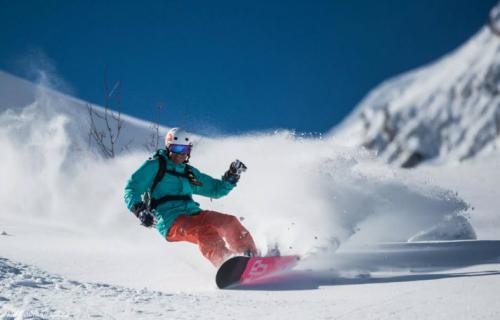Нeliskiing in Whistler tours - equipment, equipment and safety

Equipment and gear for
Нeliskiing in Whistler:
• To take part in the Heli-ski tour you must have with you: a snowboard,
bindings, boots (for snowboarders), skiing, boots, bindings, poles (for
skiers); clothes intended for skiing in mountain conditions (jacket, pants or
overalls), hat, dark glasses with a protective filter or mask. All equipment
must be intact, adjusted and adjusted by the participants independently;
• It would be nice to have with you: an avalanche transmitter (beeper),
a small backpack, an avalanche shovel, a probe, a helmet and other protection,
a first-aid kit, sun protection cream, hygienic lipstick with a protective
filter, etc.
• For each participant who does not have their own avalanche sensor
(beeper), it is issued by the tour organizer. After the sensor is issued, the
participant is solely responsible for its presence when boarding the
helicopter: no sensor - no skating;
• The guide has special equipment necessary to ensure safety, namely:
an avalanche sensor capable of operating in the mode of receiving a
signal and searching for a sensor that has fallen into the avalanche, an
avalanche probe, an avalanche shovel, a first-aid kit for first aid, a
walkie-talkie between the guides and the crew serving the helicopter group, and
also additional equipment (climbing rope, ice drills , carbines, knife, etc.).
When overcoming the
corridors during the descent, it is necessary:
·
Try to maintain a rectilinear trajectory of movement
down the line of incline;
Post Your Ad Here

Comments